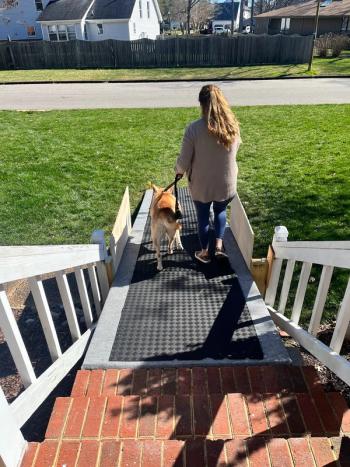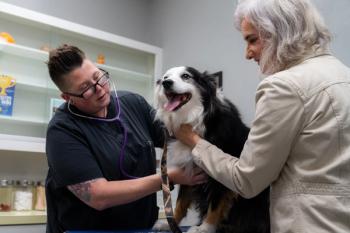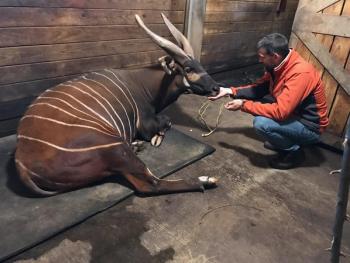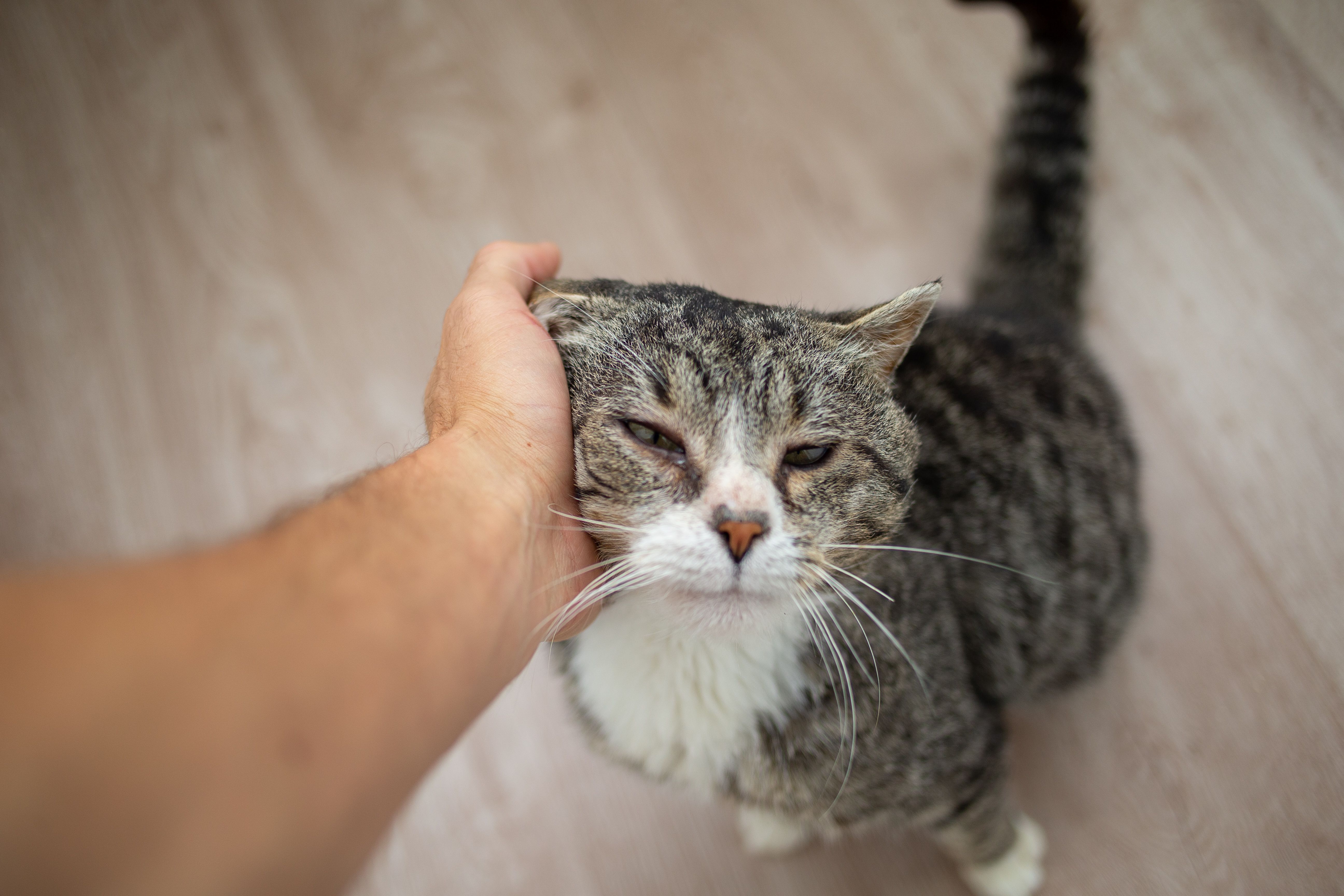
Geriatric & Palliative Medicine
Latest News
Latest Videos

Podcasts
More News

The new Assisi Loop Lounge provides pain relief and comfort to dogs, cats, rabbits and exotic animals.

National Pet Memorial Day fosters healing through remembrance, connecting grieving families and veterinary professionals in honoring beloved pets.

Virbac and the Senior Dog Veterinary Society are combining resources to provide innovation, insight and educational resources for the industry.

Heidi Lobprise, DVM, DAVDC, discusses the benefits of addressing chronic periodontal disease in older animals by employing “pet-alized” care.

Helping owners assess their pet’s quality of life is an important part of the end-of-life decision making process

The STAY study is investigating LOY-002, a therapy designed by Loyal to extend healthy lifespans in canines

Practical tips for veterinary teams to share with pet owners

Longevity drug developer Loyal and pain therapy manufacturer Elanco Animal Health are working with the organization to promote the need for aging canine care and enhance veterinary resources.

The Certified Hospice and Palliative Care Veterinarian certification enables veterinarians to be not only healers but also compassionate guides through the final chapters of a patient’s life.

Caring Pathways and Morris Animal Foundation share more information on their partnership through the Golden Retriever Lifetime Study

Rachel Venable, DVM, MS, DACVIM (Oncology) discussed what primary doctors can do to treat their patients with cancer when clients decline specialty care during a WVC 2025 CE session

Loyal’s developmental therapy aims to increase longevity and quality of life for senior dogs

Learn about caregiver burden, how to improve communication with clients, and why their decision-making is affected by a pet’s end-of-life journey

Assistance with guiding clients through end-of-life care with compassion and understanding

Veterinarians play an important role in helping to guide pet owners through the decision-making process leading to behavioral euthanasia

Jamie Rauscher, LVT, president of NAVTA, outlined 5 essential steps veterinary technicians should follow for an effective care plan for a cat in their end-of-life stage

Wendy S. Meyers, CVJ, explains how managers can help their team express empathy when booking sensitive appointments

Here is how veterinary teams can help clients honor the cherished memories of their beloved pets and find comfort after pets cross the Rainbow Bridge

Ken Gorczyca, DVM, CHPV, CPEV, shared insight into the increase of death doulas in the veterinary field, at the 2024 AVMA Convention.

Researchers across the globe are working to get a better understanding of the nutritional needs of older patients

Utilizing technology to nurture pets and support the human-animal bond through every stage of life

Monica Tarantino, DVM, MBA, sat down with dvm360 for a Q&A interview

Dan Bieck, DVM, shares how he is working to improve euthanasia appointments for the patient, client, and veterinary team

A veterinary behaviorist breaks down what to look for in geriatric patients for signs of cognitive dysfunction

Home with Dignity expands its end-of-life care for more owners and pets across the country


















